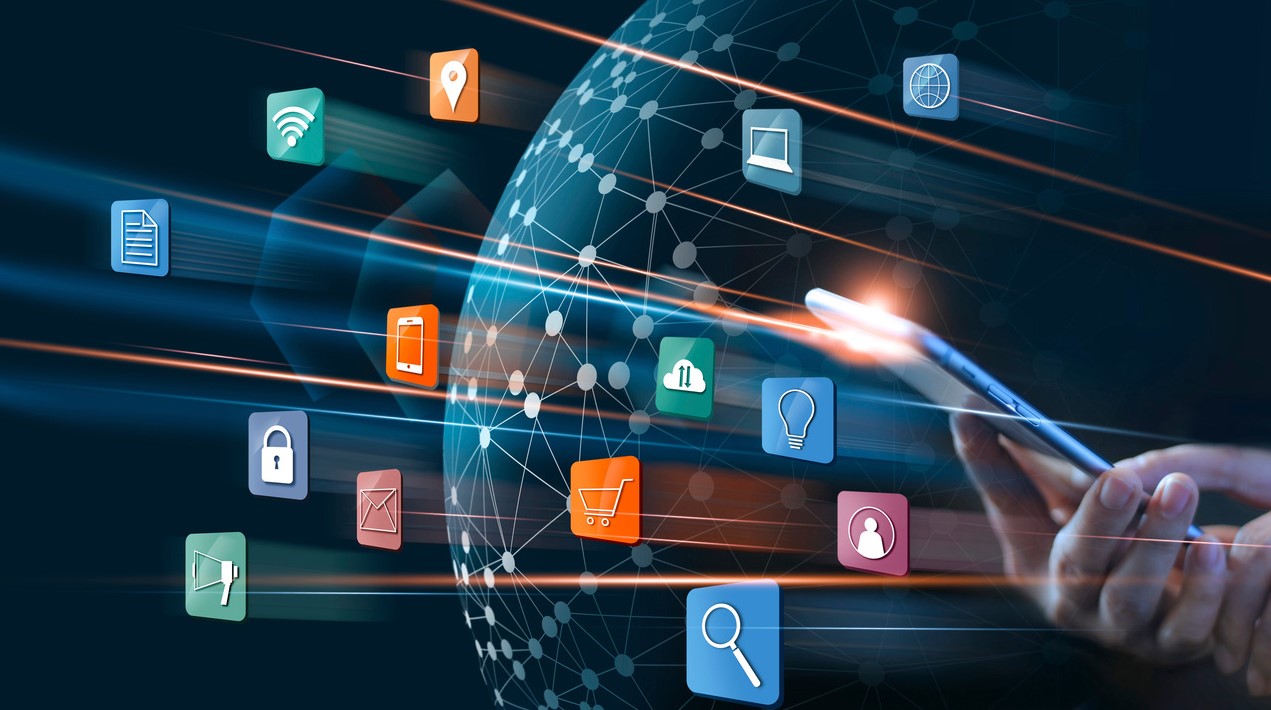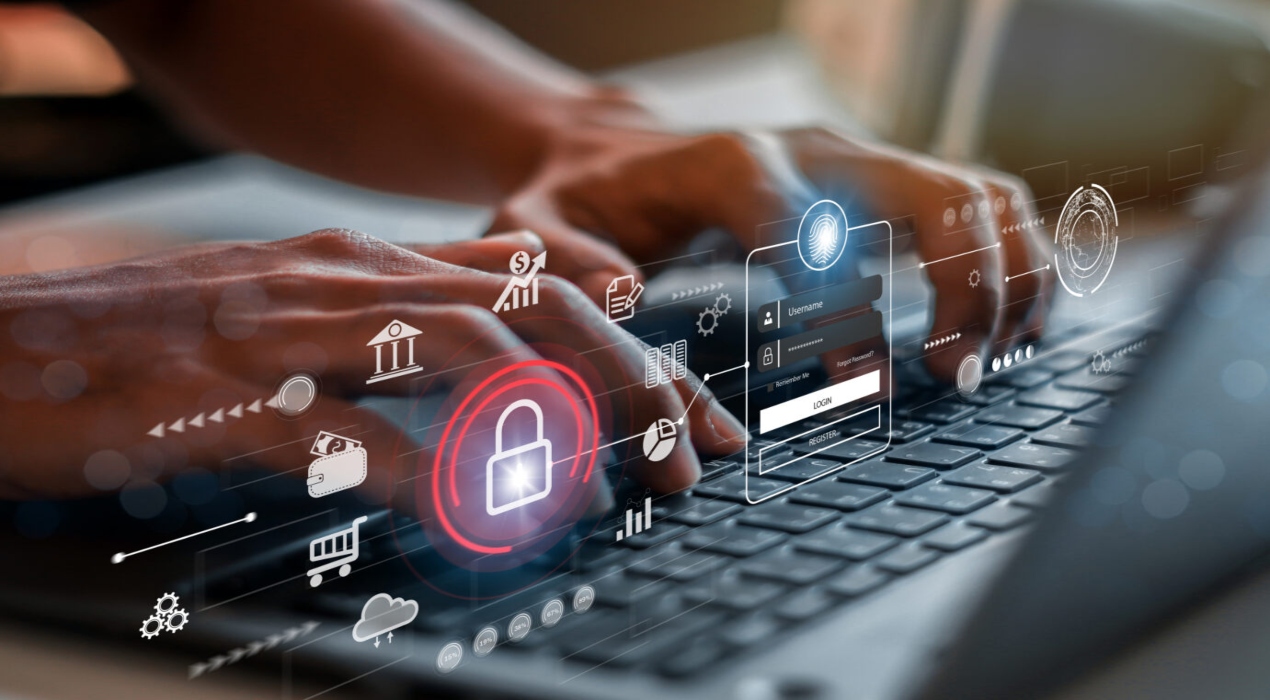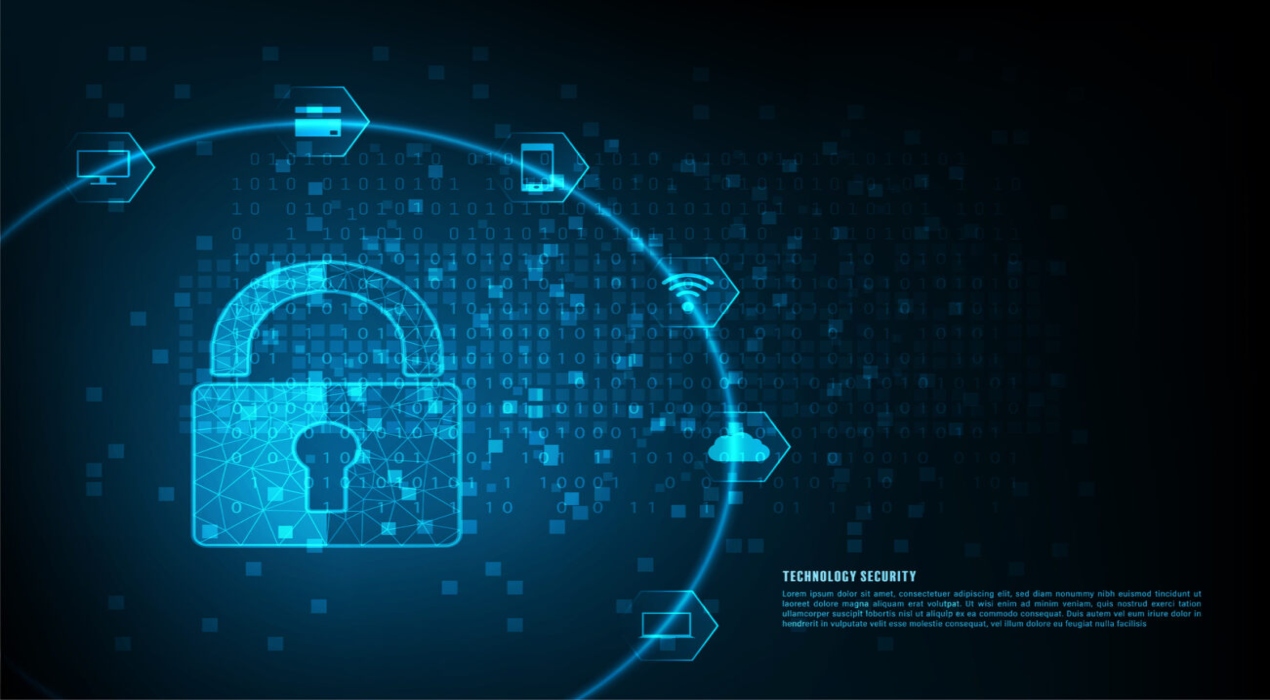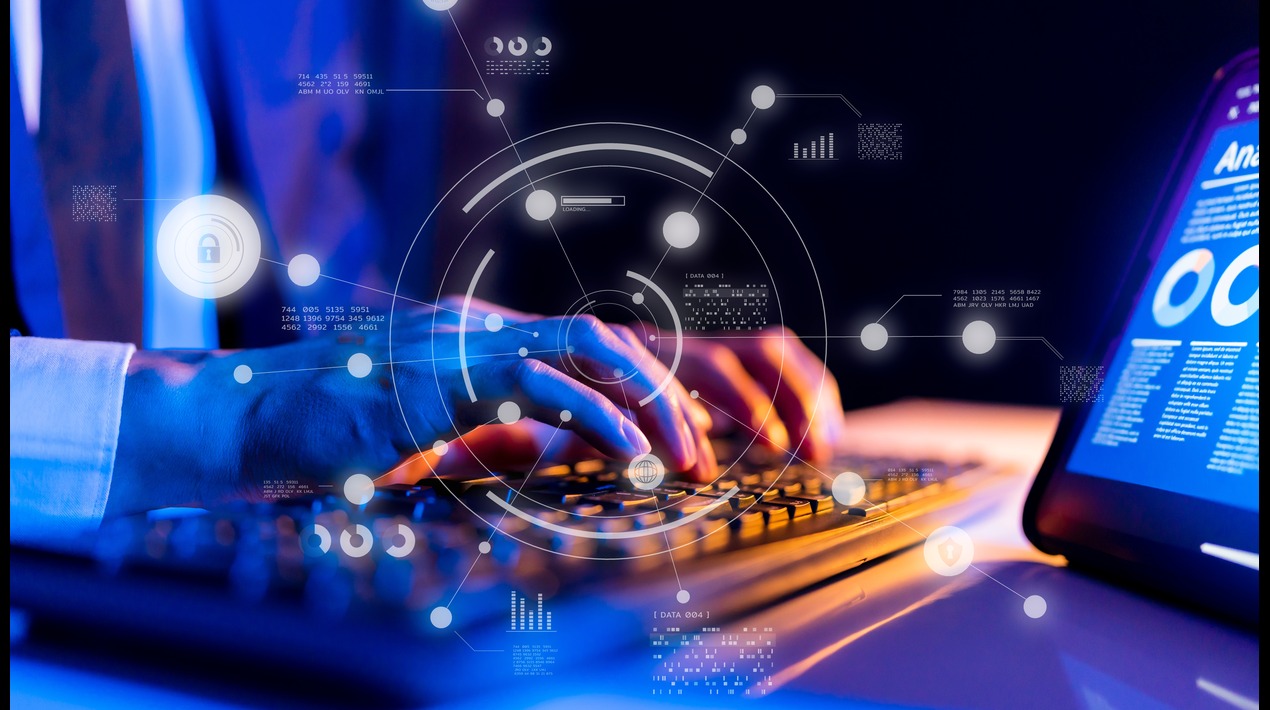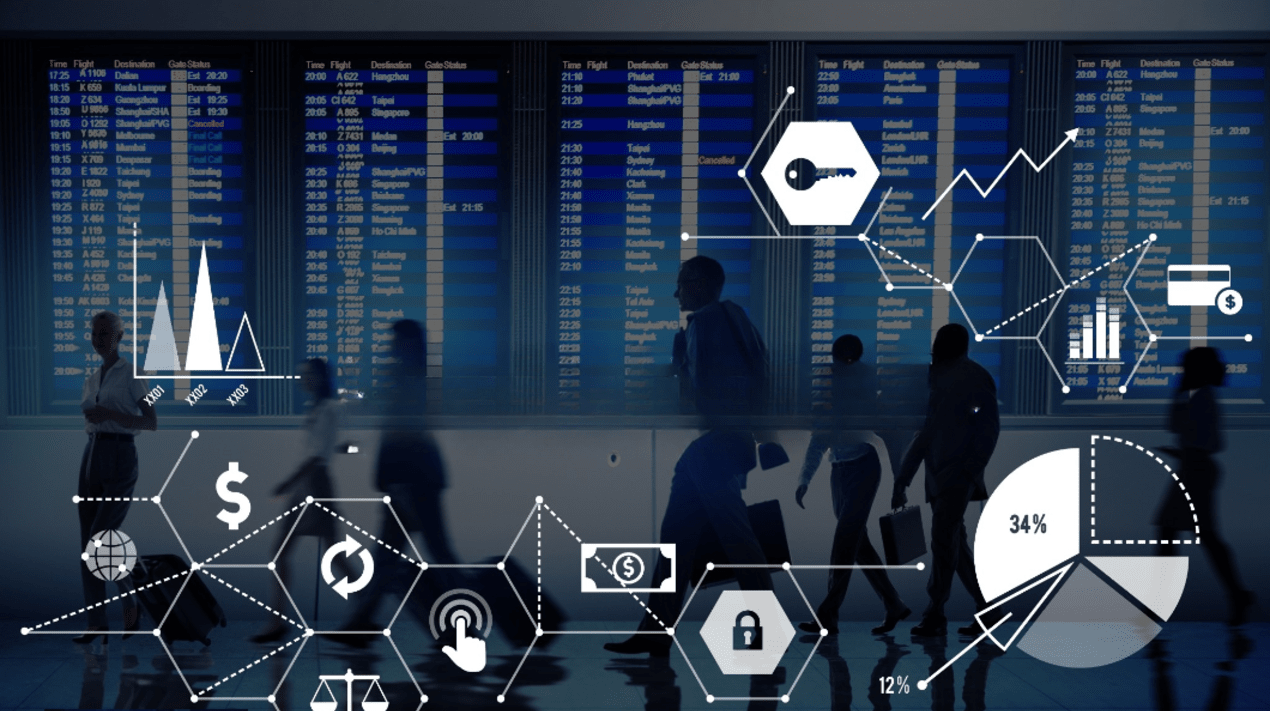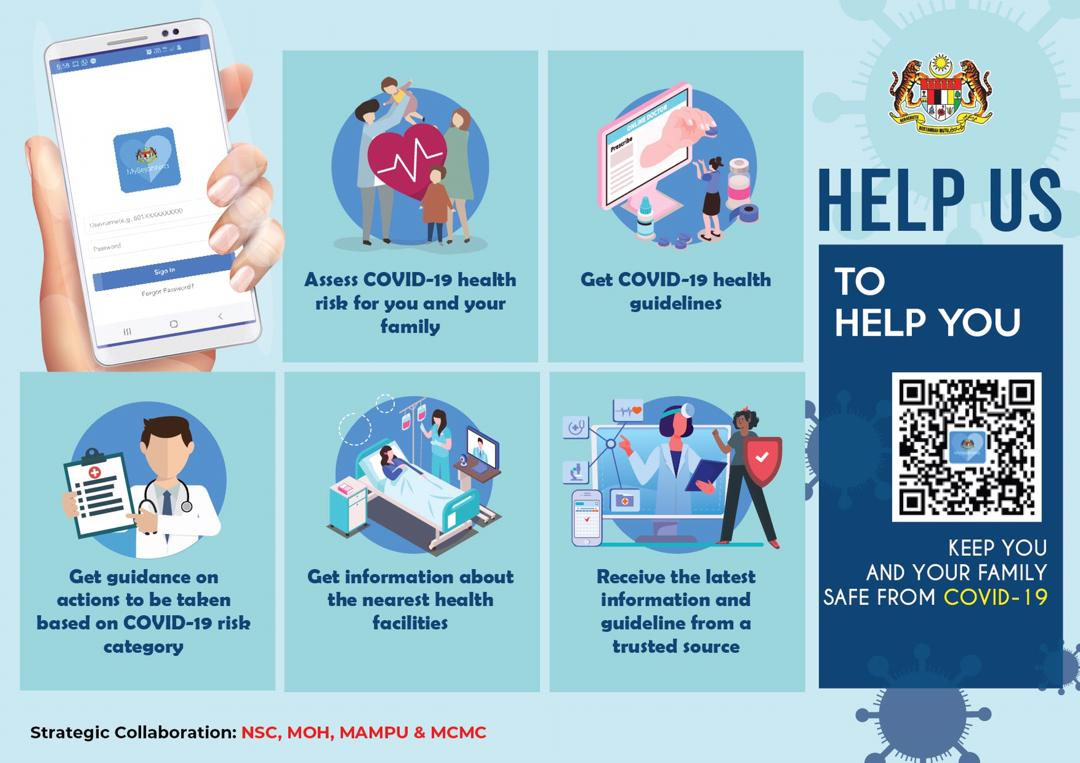
Governments and private sector organisations have been continually developing and launching apps since the coronavirus outbreak with the aim of helping fight against the spread of COVID-19.
These apps provide services such as providing citizens COVID-19 updates, situation reports, enabling them to make health risk assessments and to be used as a tracker of the spread of the disease throughout the country as well as documenting the rate and numbers of infected.
MySejahtera – Malaysia’s COVID-19 Government app
Malaysia is the next country to just recently launched their own government COVID-19 app.
MySejahtera is an application developed by the Government of Malaysia to assist in monitoring COVID-19 outbreak in the country by anabling users to assess their health risk against COVID-19.
The app was developed through a strategic collaboration between the National Security Council, Ministry of Health, MAMPU – Malaysian Administrative Modernisation and Management Planning Unit and the Malaysian Communications and Multimedia Commission (MCMC).
The MySejahtera app enables users to make self-assessments on their health, locate nearby testing hospitals and clinics, and get information on what to do if they do contract COVID-19 and where to get treatment.
The app will also help the Ministry of Health monitor the virus spread and act as a detector for trends in the outbreak.
The app’s self-assessment asks whether users have COVID-19 symptoms. Users can also check in to the app and share their location or a photo with the relevant government agencies.
It also provides useful information for citizens such as the COVID-19 hotline number as well as a Virtual Health Advisory that links users to medical video-consultation platform, Doctor On Call.
How to access the app
Registration cannot be done on the app itself. To register, users need to go to the app’s website and provide a phone number or email address to get a one-time login. Once registered, users can then complete their profile on the app.
It is available on the Apple App Store, Google Play Store, Huawei AppGallery and the government’s own mobile app gallery – Gamma. It supports devices using Android 4.4 or iOS 11 and newer.
Countries Looking to Launch Contract Tracing App as Soon as Possible
Malaysia
According to the Minister of Science, Technology and Innovation Khairy Jamaluddin, Malaysia is currently preparing a smartphone application to track citizen movements.
Australia
The federal government in Australia launched a COVID-19 app last weekend, without contact tracing functionality, but Prime Minister Scott Morrison has said that they are working on this capability.
UK
The National Health Service in the UK is in talks to roll out a smartphone app that instantly traces close contacts of people carrying the coronavirus and advises them to self-isolate. The app, developed by NHSX – the health service’s digital transformation body along with academic and industry partners is in advanced stages of evaluation and they are hoping to deploy within weeks.
Germany
Germany also hopes to launch a smartphone app within weeks to help trace coronavirus infections, with the aim of adopting an approach similar to that of Singapore, an effective app that does not invade people’s privacy or break European privacy laws.
With digital contact tracing becoming a more important priority to the government, as well as being an integral part of the government strategy to combat this pandemic, these smartphone apps could lead to a substantial number of lives being saved and critical to protecting public safety.




